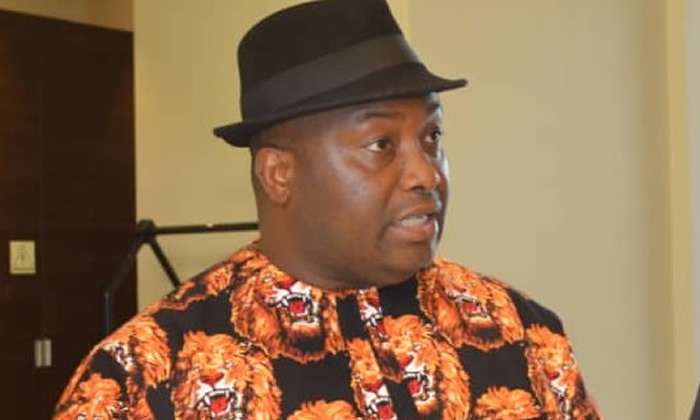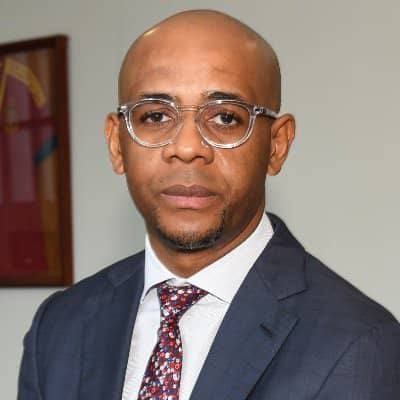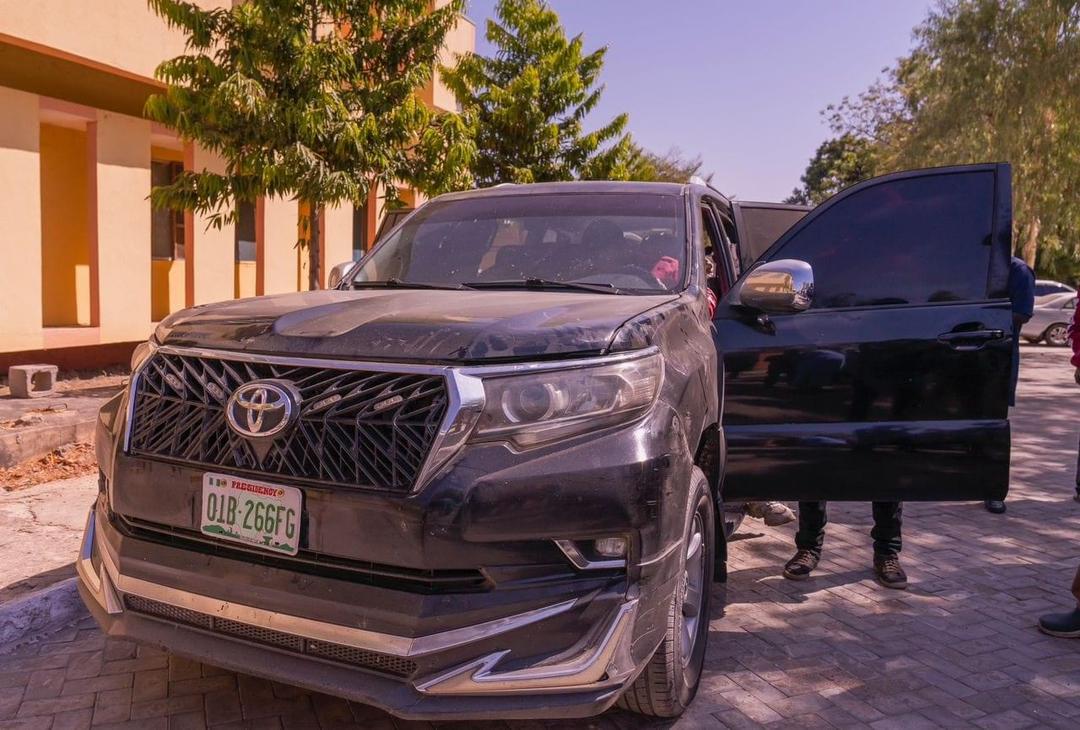 At least 1,686 people were killed in 909 incidents of gang violence across Nigeria between January 2020 and March 2025, with the South-South and Southwest regions emerging as the most affected zones. According to a report by geopolitical research consultancy, SBM Intelligence, Rivers State topped the fatality chart with 215 deaths, followed by Lagos (197 deaths) and Edo (192 deaths), all longstanding hotspots of cult and gang rivalries. The report highlighted the involvement of groups such as Vikings, Icelanders, Eiye, Aiye, Black Axe, and Greenlanders. The South-South region alone recorded over 750 deaths, largely driven by violent cult clashes in Rivers, Delta, and Bayelsa. In the Southwest, more than 491 fatalities were documented, particularly in Lagos and Ogun, where Aiye and Eiye confraternities have repeatedly clashed. The Southeast, notably Anambra State, also witnessed significant violence, recording over 215 deaths tied to growing Viking and Aiye activities, often linked to broader separatist tensions. The North-Central region, especially Benue State, recorded 204 deaths, with groups like Scavengers and Chain operating amid communal conflicts. In contrast, the Northeast and Northwest experienced minimal gang-related activity, with fewer than 30 fatalities combined, largely due to the dominance of terror groups such as Boko Haram and armed bandits, which have overshadowed traditional gang operations. The data showed fluctuating trends in gang violence during the period. The highest number of deaths was recorded in 2021, with 377 fatalities across 173 incidents a peak attributed to post-COVID economic hardship and political unrest. This was followed by a decline in 2022, with 228 deaths from 97 incidents, possibly due to security crackdowns or temporary gang truces. However, incidents surged in 2024, reaching 273, although with fewer fatalities per clash. This increase was partly linked to the broader use of social media platforms like TikTok and Twitter, which brought more incidents to public attention beyond official police reports. The report noted that worsening economic conditions continued to push many young people into criminal gangs, with incident numbers in the first quarter of 2025 already on track to exceed 2022s total. Partial data for 2025 suggested a possible decline in fatalities, likely due to intensified security operations. Between 2020 and early 2025, Edo, Ogun, and Delta States accounted for 490 incidents (about 54% of the national total) and 899 deaths (over 53% of total fatalities). In Edo State alone, a late December 2023 clash between Black Axe and Eiye reportedly left more than 30 people dead within a week. Anambra State recorded 128 fatalities, driven by escalating cult and separatist-linked violence. Akwa Ibom (89 deaths) and Bayelsa (69 deaths) continued to struggle with militancy and cult wars. Osun (55 deaths) and Kwara (58 deaths) also saw unexpected spikes in gang violence, possibly due to the spread of cult groups from neighbouring states. Meanwhile, states like Borno, Kebbi, Sokoto, Yobe, and Zamfara reported either zero or minimal gang-related fatalities, as their security challenges were dominated by terrorist insurgencies and armed banditry, limiting the space for traditional cult operations. The report underscores that Nigerias gang landscape remains heavily concentrated in the South-South and Southwest, driven by a mix of economic hardship, political cycles, and inconsistent security responses. The post Rivers, Lagos lead as cult clashes claim 1,686 lives in five years appeared first on Linda Ikeji Blog.
At least 1,686 people were killed in 909 incidents of gang violence across Nigeria between January 2020 and March 2025, with the South-South and Southwest regions emerging as the most affected zones. According to a report by geopolitical research consultancy, SBM Intelligence, Rivers State topped the fatality chart with 215 deaths, followed by Lagos (197 deaths) and Edo (192 deaths), all longstanding hotspots of cult and gang rivalries. The report highlighted the involvement of groups such as Vikings, Icelanders, Eiye, Aiye, Black Axe, and Greenlanders. The South-South region alone recorded over 750 deaths, largely driven by violent cult clashes in Rivers, Delta, and Bayelsa. In the Southwest, more than 491 fatalities were documented, particularly in Lagos and Ogun, where Aiye and Eiye confraternities have repeatedly clashed. The Southeast, notably Anambra State, also witnessed significant violence, recording over 215 deaths tied to growing Viking and Aiye activities, often linked to broader separatist tensions. The North-Central region, especially Benue State, recorded 204 deaths, with groups like Scavengers and Chain operating amid communal conflicts. In contrast, the Northeast and Northwest experienced minimal gang-related activity, with fewer than 30 fatalities combined, largely due to the dominance of terror groups such as Boko Haram and armed bandits, which have overshadowed traditional gang operations. The data showed fluctuating trends in gang violence during the period. The highest number of deaths was recorded in 2021, with 377 fatalities across 173 incidents a peak attributed to post-COVID economic hardship and political unrest. This was followed by a decline in 2022, with 228 deaths from 97 incidents, possibly due to security crackdowns or temporary gang truces. However, incidents surged in 2024, reaching 273, although with fewer fatalities per clash. This increase was partly linked to the broader use of social media platforms like TikTok and Twitter, which brought more incidents to public attention beyond official police reports. The report noted that worsening economic conditions continued to push many young people into criminal gangs, with incident numbers in the first quarter of 2025 already on track to exceed 2022s total. Partial data for 2025 suggested a possible decline in fatalities, likely due to intensified security operations. Between 2020 and early 2025, Edo, Ogun, and Delta States accounted for 490 incidents (about 54% of the national total) and 899 deaths (over 53% of total fatalities). In Edo State alone, a late December 2023 clash between Black Axe and Eiye reportedly left more than 30 people dead within a week. Anambra State recorded 128 fatalities, driven by escalating cult and separatist-linked violence. Akwa Ibom (89 deaths) and Bayelsa (69 deaths) continued to struggle with militancy and cult wars. Osun (55 deaths) and Kwara (58 deaths) also saw unexpected spikes in gang violence, possibly due to the spread of cult groups from neighbouring states. Meanwhile, states like Borno, Kebbi, Sokoto, Yobe, and Zamfara reported either zero or minimal gang-related fatalities, as their security challenges were dominated by terrorist insurgencies and armed banditry, limiting the space for traditional cult operations. The report underscores that Nigerias gang landscape remains heavily concentrated in the South-South and Southwest, driven by a mix of economic hardship, political cycles, and inconsistent security responses. The post Rivers, Lagos lead as cult clashes claim 1,686 lives in five years appeared first on Linda Ikeji Blog. Rivers, Lagos lead as cult clashes claim 1,686 lives in five years
 At least 1,686 people were killed in 909 incidents of gang violence across Nigeria between January 2020 and March 2025, with the South-South and Southwest regions emerging as the most affected zones. According to a report by geopolitical research consultancy, SBM Intelligence, Rivers State topped the fatality chart with 215 deaths, followed by Lagos (197 deaths) and Edo (192 deaths), all longstanding hotspots of cult and gang rivalries. The report highlighted the involvement of groups such as Vikings, Icelanders, Eiye, Aiye, Black Axe, and Greenlanders. The South-South region alone recorded over 750 deaths, largely driven by violent cult clashes in Rivers, Delta, and Bayelsa. In the Southwest, more than 491 fatalities were documented, particularly in Lagos and Ogun, where Aiye and Eiye confraternities have repeatedly clashed. The Southeast, notably Anambra State, also witnessed significant violence, recording over 215 deaths tied to growing Viking and Aiye activities, often linked to broader separatist tensions. The North-Central region, especially Benue State, recorded 204 deaths, with groups like Scavengers and Chain operating amid communal conflicts. In contrast, the Northeast and Northwest experienced minimal gang-related activity, with fewer than 30 fatalities combined, largely due to the dominance of terror groups such as Boko Haram and armed bandits, which have overshadowed traditional gang operations. The data showed fluctuating trends in gang violence during the period. The highest number of deaths was recorded in 2021, with 377 fatalities across 173 incidents a peak attributed to post-COVID economic hardship and political unrest. This was followed by a decline in 2022, with 228 deaths from 97 incidents, possibly due to security crackdowns or temporary gang truces. However, incidents surged in 2024, reaching 273, although with fewer fatalities per clash. This increase was partly linked to the broader use of social media platforms like TikTok and Twitter, which brought more incidents to public attention beyond official police reports. The report noted that worsening economic conditions continued to push many young people into criminal gangs, with incident numbers in the first quarter of 2025 already on track to exceed 2022s total. Partial data for 2025 suggested a possible decline in fatalities, likely due to intensified security operations. Between 2020 and early 2025, Edo, Ogun, and Delta States accounted for 490 incidents (about 54% of the national total) and 899 deaths (over 53% of total fatalities). In Edo State alone, a late December 2023 clash between Black Axe and Eiye reportedly left more than 30 people dead within a week. Anambra State recorded 128 fatalities, driven by escalating cult and separatist-linked violence. Akwa Ibom (89 deaths) and Bayelsa (69 deaths) continued to struggle with militancy and cult wars. Osun (55 deaths) and Kwara (58 deaths) also saw unexpected spikes in gang violence, possibly due to the spread of cult groups from neighbouring states. Meanwhile, states like Borno, Kebbi, Sokoto, Yobe, and Zamfara reported either zero or minimal gang-related fatalities, as their security challenges were dominated by terrorist insurgencies and armed banditry, limiting the space for traditional cult operations. The report underscores that Nigerias gang landscape remains heavily concentrated in the South-South and Southwest, driven by a mix of economic hardship, political cycles, and inconsistent security responses. The post Rivers, Lagos lead as cult clashes claim 1,686 lives in five years appeared first on Linda Ikeji Blog.
At least 1,686 people were killed in 909 incidents of gang violence across Nigeria between January 2020 and March 2025, with the South-South and Southwest regions emerging as the most affected zones. According to a report by geopolitical research consultancy, SBM Intelligence, Rivers State topped the fatality chart with 215 deaths, followed by Lagos (197 deaths) and Edo (192 deaths), all longstanding hotspots of cult and gang rivalries. The report highlighted the involvement of groups such as Vikings, Icelanders, Eiye, Aiye, Black Axe, and Greenlanders. The South-South region alone recorded over 750 deaths, largely driven by violent cult clashes in Rivers, Delta, and Bayelsa. In the Southwest, more than 491 fatalities were documented, particularly in Lagos and Ogun, where Aiye and Eiye confraternities have repeatedly clashed. The Southeast, notably Anambra State, also witnessed significant violence, recording over 215 deaths tied to growing Viking and Aiye activities, often linked to broader separatist tensions. The North-Central region, especially Benue State, recorded 204 deaths, with groups like Scavengers and Chain operating amid communal conflicts. In contrast, the Northeast and Northwest experienced minimal gang-related activity, with fewer than 30 fatalities combined, largely due to the dominance of terror groups such as Boko Haram and armed bandits, which have overshadowed traditional gang operations. The data showed fluctuating trends in gang violence during the period. The highest number of deaths was recorded in 2021, with 377 fatalities across 173 incidents a peak attributed to post-COVID economic hardship and political unrest. This was followed by a decline in 2022, with 228 deaths from 97 incidents, possibly due to security crackdowns or temporary gang truces. However, incidents surged in 2024, reaching 273, although with fewer fatalities per clash. This increase was partly linked to the broader use of social media platforms like TikTok and Twitter, which brought more incidents to public attention beyond official police reports. The report noted that worsening economic conditions continued to push many young people into criminal gangs, with incident numbers in the first quarter of 2025 already on track to exceed 2022s total. Partial data for 2025 suggested a possible decline in fatalities, likely due to intensified security operations. Between 2020 and early 2025, Edo, Ogun, and Delta States accounted for 490 incidents (about 54% of the national total) and 899 deaths (over 53% of total fatalities). In Edo State alone, a late December 2023 clash between Black Axe and Eiye reportedly left more than 30 people dead within a week. Anambra State recorded 128 fatalities, driven by escalating cult and separatist-linked violence. Akwa Ibom (89 deaths) and Bayelsa (69 deaths) continued to struggle with militancy and cult wars. Osun (55 deaths) and Kwara (58 deaths) also saw unexpected spikes in gang violence, possibly due to the spread of cult groups from neighbouring states. Meanwhile, states like Borno, Kebbi, Sokoto, Yobe, and Zamfara reported either zero or minimal gang-related fatalities, as their security challenges were dominated by terrorist insurgencies and armed banditry, limiting the space for traditional cult operations. The report underscores that Nigerias gang landscape remains heavily concentrated in the South-South and Southwest, driven by a mix of economic hardship, political cycles, and inconsistent security responses. The post Rivers, Lagos lead as cult clashes claim 1,686 lives in five years appeared first on Linda Ikeji Blog. 
.png) 12 hours ago
2
12 hours ago
2
_1751411759.webp)












.png)




 English (US) ·
English (US) ·